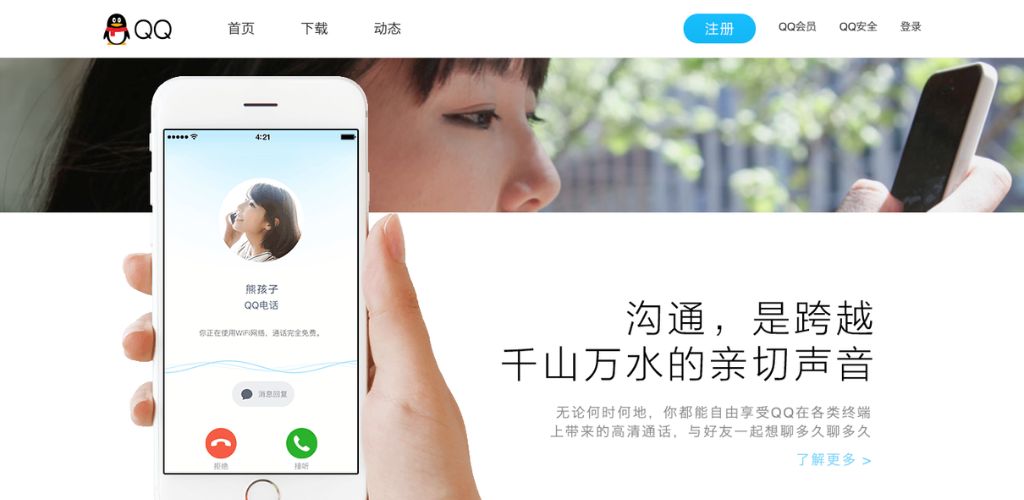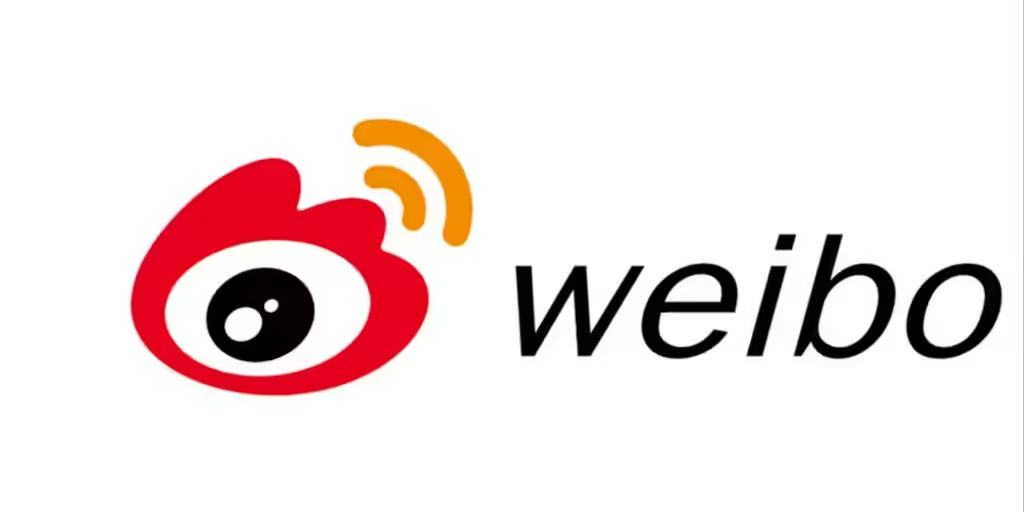Did you know that over 1 billion people use Chinese social media platforms daily? These platforms are not just popular in China but are also making a significant impact worldwide. For example, TikTok, owned by ByteDance, has over 2 billion downloads globally.
This blog will explore the top 6 social media platforms owned by Chinese companies. We’ll look into what makes these platforms unique and how they’ve grown to become global powerhouses. Understanding these platforms is crucial because they significantly shape social media trends and influence digital communication worldwide. Whether you’re a social media fan, a digital marketer, or just curious, knowing about these platforms will give you a better grasp of the global social media landscape.
Overview of Chinese Social Media
The Chinese social media market is enormous and is growing as you read. With over 900 million internet users in China, social media platforms are a major part of daily life. The market is expected to expand as more people come online and existing users spend more time on these platforms. In 2023, the Chinese social media market was valued at over $200 billion, highlighting its significant economic impact.
Key Companies:
- Tencent: Known for WeChat and QQ, Tencent is one of the largest tech companies in the world. WeChat alone has over 1.2 billion monthly active users.
- ByteDance: The company behind TikTok (known as Douyin in China), ByteDance, has seen massive global success. TikTok has over 2 billion downloads worldwide and continues to grow.
- Sina Corporation: The owner of Weibo, often compared to Twitter, has over 500 million monthly active users.
- Kuaishou Technology: Known for Kuaishou, a popular short-video platform similar to TikTok, Kuaishou has hundreds of millions of active users.
- Xiaohongshu (Little Red Book): A social commerce platform combining social media and e-commerce, Xiaohongshu has around 200 million monthly active users.
These companies are not only influential within China but also have a significant presence on the global stage.
Top 6 Social Media Owned By Chinese Company
1. WeChat (by Tencent)

Launched by Tencent in 2011, WeChat started as a simple messaging app. Over time, it has evolved into an all-encompassing platform that integrates social media, mobile payment services, games, and even government services. It has become an essential tool in the daily lives of many Chinese people.
Main features:
- Messaging and voice/video calls: Basic communication features include text messaging, voice and video calls, and group chats.
- Moments: A social feed where users can share photos, videos, and status updates with their friends.
- WeChat Pay is a mobile payment service that allows users to pay for goods and services, transfer money, and more.
- Mini Programs: These are lightweight apps within WeChat that provide additional services without needing a separate download.
- Official Accounts: Businesses, media, and celebrities can create verified accounts to share content and interact with followers.
- WeChat Work: A workplace collaboration tool integrated into WeChat.
WeChat boasts over 1.2 billion monthly active users, predominantly in China. While its international user base is smaller, it continues to grow, especially among Chinese communities abroad.
2. Douyin/TikTok (by ByteDance)

Douyin was launched in China in September 2016 by ByteDance. Due to its success, ByteDance launched TikTok for international markets in September 2017. TikTok quickly gained immense popularity worldwide, becoming a cultural phenomenon.
Main features:
- Short videos: Users create and share short videos, often set to music, featuring various effects and filters.
- Live streaming: Allows users to broadcast live videos to their followers.
- Duet and stitch features: Users can collaborate by creating videos alongside existing ones or integrating clips from other videos.
- Personalized content feed: The “For You” page uses a powerful algorithm to show users content tailored to their interests.
- Challenges and trends: encourages participation in viral challenges and trends.
TikTok has over 2 billion downloads and is widely used across the globe, especially among younger audiences. It has become one of the most influential social media platforms, impacting music, culture, and entertainment.
We Suggest: Ecommerce business Ideas
3. QQ (by Tencent)

QQ was launched in 1999 as an instant messaging service. Over the years, it has transformed into a comprehensive platform offering a variety of services including social networking, online gaming, music, shopping, and microblogging.
Main features:
- Instant messaging: supports text, voice, and video communication.
- Social networking: Users can connect with friends, share updates, and join communities.
- Gaming: QQ Games offers a wide range of online games, including casual games and MMORPGs.
- QQ Wallet: is a mobile payment service that supports transactions and money transfers.
- QQ Music: is a popular music streaming service in China.
QQ has over 800 million monthly active users, making it one of the largest social networks. While most of its users are in China, QQ has a significant user base in other countries, particularly among overseas Chinese communities.
4. Weibo (by Sina Corporation)

Launched in 2009, Weibo is a microblogging platform that combines features of Twitter and Facebook. It has become one of the most popular social media platforms in China, often used for public discourse, news, and entertainment.
Main features:
- Microblogging: Users can post short updates, photos, and videos.
- Multimedia sharing: supports the sharing of multimedia content, including live streaming.
- Trending topics and hashtags: Users can follow and participate in trending discussions.
- Verified accounts: Celebrities, brands, and media outlets can have verified accounts to engage with followers.
- Monetization tools: Influencers and content creators can earn money through advertising and virtual gifts.
Weibo has over 500 million monthly active users, primarily in China. However, it is also used by a growing number of international users and brands to reach Chinese audiences.
5. Kuaishou (by Kuaishou Technology)

Kuaishou, launched in 2011, is a short video-sharing platform that focuses on everyday life and grassroots content. It is known for its strong community engagement and user-generated content.
Main features:
- Short videos: Users create and share short videos showcasing their daily lives, talents, and interests.
- Live streaming: Users can broadcast live videos and interact with their audience in real time.
- Personalized content feed: The platform uses algorithms to suggest content based on user preferences.
- E-commerce integration: Users can buy and sell products directly through the app.
- Social interaction: Features like comments, likes, and shares encourage community engagement.
Kuaishou has hundreds of millions of active users, mainly in China. It is expanding its presence internationally, especially in regions like Southeast Asia and Latin America.
6. Little Red Book/Xiaohongshu

Xiaohongshu, also known as Little Red Book, was launched in 2013. It combines social media with e-commerce, focusing on lifestyle, fashion, and beauty products. The platform is popular among young women in China.
Main features:
- User-generated content: Users share reviews, recommendations, and lifestyle content.
- E-commerce platform: The integrated shopping feature allows users to purchase products directly from the app.
- Social networking: Users can follow others, like posts, and leave comments.
- Live streaming: Influencers and brands can broadcast live videos to promote products and engage with followers.
- Community groups: Users can join groups based on shared interests.
Xiaohongshu has around 200 million monthly active users. While most of its users are in China, it is gaining popularity in other countries, particularly among those interested in lifestyle and beauty products.
These platforms demonstrate the innovation and global reach of Chinese tech companies in the social media space. Each platform offers unique features and caters to different user interests, contributing to their widespread popularity.
Impact and Issues
Chinese social media platforms are significantly influencing social media trends and practices worldwide. TikTok, for instance, has introduced innovative features like short-form video content with music, which have been widely adopted by Instagram (Reels), YouTube (Shorts), and Facebook. TikTok’s global success, with over 2 billion downloads, has driven other platforms to continuously evolve and improve their offerings.
These platforms have also helped spread Chinese culture and trends. TikTok has popularized Chinese songs, dances, and memes, creating a global cultural exchange. Additionally, platforms like WeChat and Xiaohongshu facilitate international communication and commerce, making it easier for people to connect and do business across borders.
However, the rise of Chinese social media platforms has not been without controversy. Privacy concerns are significant, with many users and governments worried about data handling. TikTok, for example, has faced scrutiny and legal challenges over data privacy and security concerns in several countries. There are fears that user data might be accessed by the Chinese government, leading to bans and restrictions in some regions.
Political issues also play a role, as these platforms sometimes find themselves at the center of geopolitical tensions. Content moderation practices have been criticized for being overly stringent or biased, potentially limiting free speech. Despite these challenges, Chinese social media platforms continue to shape the digital landscape, and their influence is likely to grow, but addressing these concerns will be crucial for their sustained global presence.
Also Read: Companies Owned by Volkswagen
Conclusion
Throughout this blog, we’ve explored the top social media platforms owned by Chinese companies, such as WeChat, Douyin/TikTok, QQ, Weibo, Kuaishou, and Xiaohongshu. We discussed their unique features, histories, and global influence, highlighting how they’ve shaped social media trends. Despite their success, these platforms face challenges like privacy concerns and geopolitical issues.
Looking ahead, Chinese social media platforms are likely to continue growing in influence and popularity. Their innovation and cultural exchange capabilities position them as key players in the global digital landscape. However, addressing privacy and political concerns will be essential for their sustained success.
What are your thoughts on these Chinese social media platforms? Have you used any of them? Share your experiences and opinions in the comments below!






